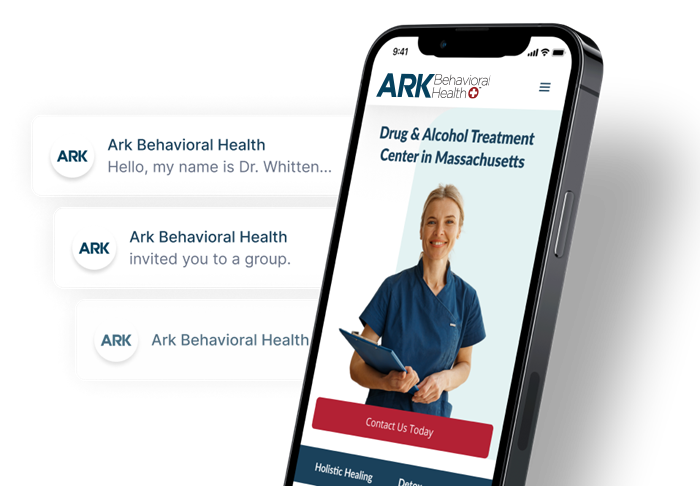Signs Of Meth Use | How To Tell If Someone Is On Meth

Methamphetamine, or meth, is an extremely dangerous drug. It increases the levels of a neurotransmitter (brain chemical) called dopamine, which is associated with pleasure.
Because meth causes a rush of happiness and energy, some people inject, snort, smoke, or swallow it. Using meth in any manner can cause serious health problems, including addiction, stroke, permanent brain damage, and overdose.
It’s important to understand the signs of meth use so you can help your loved ones get the treatment they need.
How To Tell If Someone Is High On Meth
When someone is high on meth, they may display these mental and physical signs:
- hyperactivity, which may include excessive talking, excessive moving, and refusal to eat or sleep
- extreme excitement
- confusion
- mood swings
- symptoms of psychosis, including paranoia, delusions (beliefs that aren’t based in reality), and hallucinations (seeing, hearing, or feeling things that aren’t there)
- frequent scratching, usually due to a hallucination that bugs are crawling on or under the skin
- shaking or twitching in the body or face
- fast breathing
- increased sex drive
- nausea
- sweating
- hyperthermia (increased body temperature), which may cause the person to pass out
- cardiovascular problems such as high blood pressure, increased heart rate, and irregular heartbeat
- rapid eye movements, also called “meth eyes”
- enlarged pupils, also called “meth pupils”
- fast breathing
Other Signs Of Meth Use
Even if your loved one isn’t currently high on meth, you may notice other signs of meth use and addiction:
Tweaking
Some people use a large amount of meth in a short span of time, which is called binging. Toward the end of a meth binge, they won’t be able to achieve the pleasant high they felt at the beginning.
Instead, they’ll experience a condition called “tweaking.” Common signs of tweaking, which lasts for about 3 to 15 days, include:
- trouble sleeping
- irritability
- violent outbursts
- symptoms of psychosis
- self-harm
Crashing
When someone’s high on meth, their brain is flooded with dopamine. Once the high fades, their body must adjust to the lack of dopamine. Many people call this adjustment period “crashing.” During a crash, they experience meth withdrawal symptoms such as:
- extreme exhaustion
- irritability
- anxiety
- depression
- symptoms of psychosis
- intense cravings for meth
Appearance Changes
Weight loss is a common side effect of meth use. That’s because the drug boosts energy and decreases appetite.
In addition, many people with meth addiction display poor hygiene. Because they spend so much time and energy trying to get meth, they may neglect basic tasks such as showering or changing clothes.
They may also forget to brush their teeth and floss, which can contribute to “meth mouth.” This term refers to the dental problems meth users often experience, which includes:
- bad breath
- numerous cavities
- red, swollen, or bleeding gums
- stained, broken, rotting, or missing teeth
Poor hygiene isn’t the only cause of meth mouth; dry mouth, teeth grinding, and sugar cravings, which are all side effects of meth, can also wreak havoc on a person’s oral health.
Finally, people who frequently scratch themselves may develop “meth sores” or “meth scabs.”
Appearing anywhere on the body, these skin changes may resemble acne, rash, dots, or blisters. They usually take a long time to heal and can also be caused by poor hygiene or burns from hot meth pipes.
Priority Changes
When someone’s addicted to meth, the drug becomes their main priority. Consequently, they may lose interest in activities they once enjoyed. They may also:
- neglect responsibilities at work or school
- withdraw from friends and family members
- steal or frequently borrow money
Health Problems
Those who share needles or other paraphernalia face a high risk of bloodborne diseases like HIV and Hepatitis C. In addition, because meth increases libido and impairs judgment, people on meth may contract HIV and other sexually transmitted diseases from having unprotected sex.
Long-term meth use can also cause memory loss, possibly due to structural changes in the brain, as well as lung, kidney, and liver damage.
Meth Paraphernalia
If you’re still not sure whether your loved one is using meth, keep an eye out for meth paraphernalia in their home or vehicle:
- aluminum foil, glass pipes, lighters, soda cans with holes in the sides, or hollowed-out light bulbs for smoking meth
- straws, hollowed-out pens, or rolled up bills for snorting meth
- syringes, needles, and arm bands for injecting meth
- lighters and spoons for heating meth into an injectable liquid
A person who struggles with meth abuse can recover at a substance abuse treatment program. Available on an inpatient or outpatient basis, these programs offer recovery-focused services such as medical detox, mental health counseling, peer support groups, and family therapy.
If someone you love is abusing or addicted to meth, please reach out to an Ark Behavioral Health specialist to learn about our drug abuse and addiction treatment centers.
Written by Ark Behavioral Health Editorial Team
©2024 Ark National Holdings, LLC. | All Rights Reserved.
This page does not provide medical advice.
National Institute on Drug Abuse - Meth (Crank, Ice) Facts
National Institute on Drug Abuse - What are the immediate (short-term) effects of methamphetamine misuse?
National Institute on Drug Abuse - What are the long-term effects of methamphetamine misuse?
National Institute on Drug Abuse - Signs of Meth Use
Substance Abuse and Mental Health Services Administration - Know the Risks of Meth

Questions About Treatment?
Ark Behavioral Health offers 100% confidential substance abuse assessment and treatment placement tailored to your individual needs. Achieve long-term recovery.
100% confidential. We respect your privacy.
Prefer Texting?
Our friendly support team is here to chat 24/7. Opt out any time.







 Learn More
Learn More








